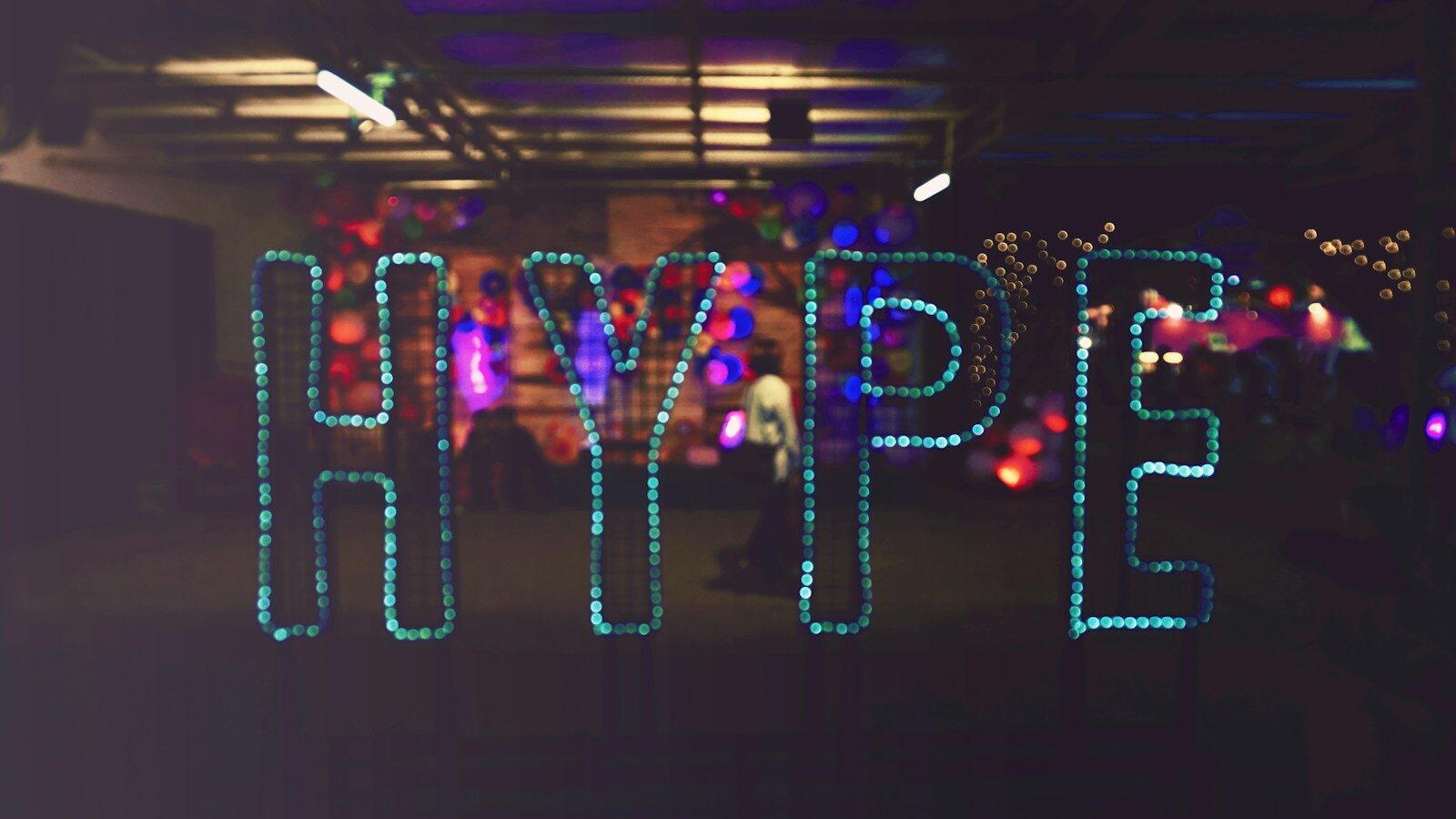Do you remember when we glowed in the aura of a much simpler world?
Back then, all we had to be aware of were four nouns that defined our world gifted to us by the US military. We no longer blink when we are told that we live in a VUCA world. Volatility: yes, so what. Uncertainty: been there, seen it and done it. Complexity: tell me about it! Ambiguity: we have not expected clarity of perspective for who knows how long.
Presentations about the dangers of a VUCA world were once engaging and important. Now, we yawn. VUCA is old hat. We have become acculturated and immune to the meaning.
From VUCA to BANI
This is where BANI – Brittle, Anxious, Nonlinear, and Incomprehensible – enters the frame. It was coined in 2020 by futurist Jamais Cascio in a blog post called Facing the age of Chaos. It is no coincidence he published it during the COVID pandemic, when our world was turned upside down. It was a conscious attempt to update the older VUCA framework – to define what he imagined to be a newer, more challenging age with overwhelmingly complex and fast-moving challenges.
It implied that if we thought things were bad, they were certainly going to get much worse! We are now right in the BANI nether world. It is more volatile, more uncertain, more complex and even more ambiguous.
The changes in emphasis are worth registering. Our new world is brittle. It does not just change, it breaks unexpectedly. It is not just uncertain but generates fear and anxiety. It is nonlinear and therefore subject to constant leaps of meaning. No one knows exactly where they are. It also generates depths of confusion. Everything seems inexplicable. We are now beyond complexity in a world that is not just hard to understand, but completely contradictory. Every direction we turn presents us with a new reality.
VUCA was tough; BANI is unfathomable.
Four tips for thriving in a BANI world
What does that all mean for the people charged with preparing the workforce for this new world and building organisations that can flourish in it. Giving up is unacceptable.
So how do we deal with this, and what can we say that could help? Here are four tips…
1. Accept that there is no agreed world view
You cannot force people to accept one logic when they are immersed in a completely different one. Your staff will have diametrically opposed views. These will be hard to reconcile. And you probably should not seek to do that.
A better tactic is to help people live with uncertainty and ambiguity, surface the tensions and speak freely. Allow ‘agreeing to differ’ and protect opinions even if they are challenging.
2. Debate and share issues; challenge and strategise widely
Diversity of views is helpful. Consult and admit where the organisation’s leaders are unsure. Never paper over the cracks or imagine the top few are omniscient. Resolution led by the few is dangerous and more likely to be wrong.
3. There is a thirst for learning: help people explore the options and contradictions of this strange world
Build an environment where learning is all around and on every level. Enable both formal and informal learning; structured and social. This is a golden time for innovation, so encourage ideas and the formation of communities of practice to increase the rapid sharing of knowledge.
4. This world won’t go away so think deeply about what you are trying to accomplish
Focus on building a learning culture. Make inquiry a powerful value, and incite curiosity and debate. Resolve challenges together. Learn to love the opportunities, rather than fear the uncertainties. Build a workforce of people who question everything every day. Review decisions against the external environment. Ask: ‘is this working as we expected?’ If no,t contemplate changing course.
We have to build organisations fit for the new world, staffed with people capable of adapting and flourishing. Go there and go first.







